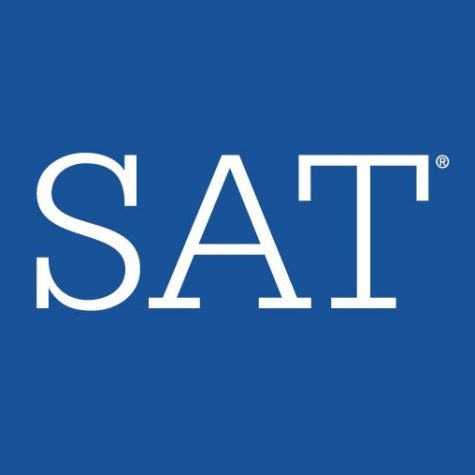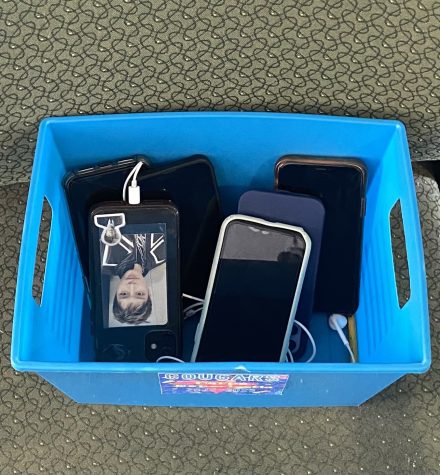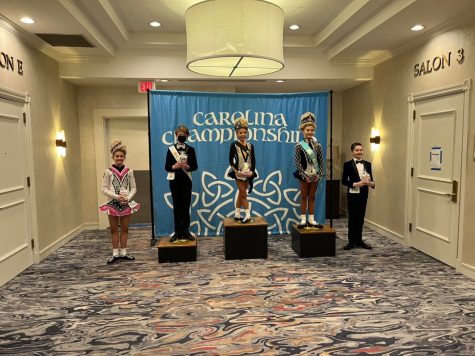College Application Resumes Are Important To Senior Students
December 1, 2022
 The college application process can be complex for seniors across the nation. While there are numerous factors to the operation, one of the most fundamental aspects is the college resume. A college resume is a page long that combines personal and academic accomplishments throughout a student’s high school career. Aside from the essay, it is one of the quickest ways for college admission counselors to gain a glimpse of the person’s dreams and characteristics.
The college application process can be complex for seniors across the nation. While there are numerous factors to the operation, one of the most fundamental aspects is the college resume. A college resume is a page long that combines personal and academic accomplishments throughout a student’s high school career. Aside from the essay, it is one of the quickest ways for college admission counselors to gain a glimpse of the person’s dreams and characteristics.
The resume is broken down into a series of sections, a total of five, beginning with the student’s information, such as name, phone number, and address, continuing with the GPA and academic classes, and closing with the personal triumphs and achievements.
When asked their opinion on the importance of the college resume in the application process, Victoria Castañeda, a senior at Somerset Canyons, had a detailed response, “…they not only help colleges evaluate applicants as a student but get a glimpse of who they are as a person.”
College resumes allow the admission counselors to get a better understanding of the student and whether or not they will have a positive and influential impact on the reputation of a college or University. When analyzing the goals and achievements of a student through their resume, they are able to make the distinction on whether or not they have a motivation to succeed in their academics.
I asked the Somerset Canyons senior counselor, Mrs. Smith, for her personal opinion and professional view on the importance of college resumes in the application process. She said, “…resumes give students a chance to showcase different parts of their high school experience in school and out of school as far as clubs, organizations, volunteer experience, and jobs, and the resume is a way for students to show college admissions everything that they’ve done while in high school.”
The first section of a college resume is located at the top of the page and is notably the easiest part, which displays the student’s contact information. The student’s contact information is at the beginning of the page, which gives the college admission advisor a clear understanding of the candidate and the ways to contact them. The information required consists of their full name, email address, phone number, and home address.
The second section of a college resume is the goals section, which allows the student to display their hopes and dreams, both personal and academic. These goals can be conveyed through bullet points throughout each area and do not take up a significant amount of space, usually one to four bullets long. Full sentences are not encouraged because it takes up too much space, and the goal of the resume is to keep things as short as possible while still maintaining an intelligent understanding.
The third section is considerably more complex than most, if not all, of the areas: leadership and extracurriculars. This is where the student lists activities outside of school that took up a significant amount of time throughout their high school careers. These specific positions can range from internships to after school clubs, requiring the student to describe their particular purpose throughout the organization. One of the most noted and essential factors while depicting extracurriculars is using only active words rather than passive ones. Using this tone shows the college admission counselor that the student is engaged and did something of value during their time in the program.
The fourth section is more simple when compared to the last, which is education, and does not require a significant amount of pressure. This area requires the student to name their places of education, the years they went there, and specific dates. The section is used to see where the student attended, however many places this may be.
The last and final section is achievements, which allows the student to display their accomplishments to the college admission counselor that may relate to something outside of a school environment. There could be numerous examples that may be listed in this category. However, one of the most frequent is the student’s volunteer and community service hours.
When broken down and understood on a deeper level piece-by-piece, the college resume is not an overwhelming experience but rather quite simple that does not need to be stress inducing.








